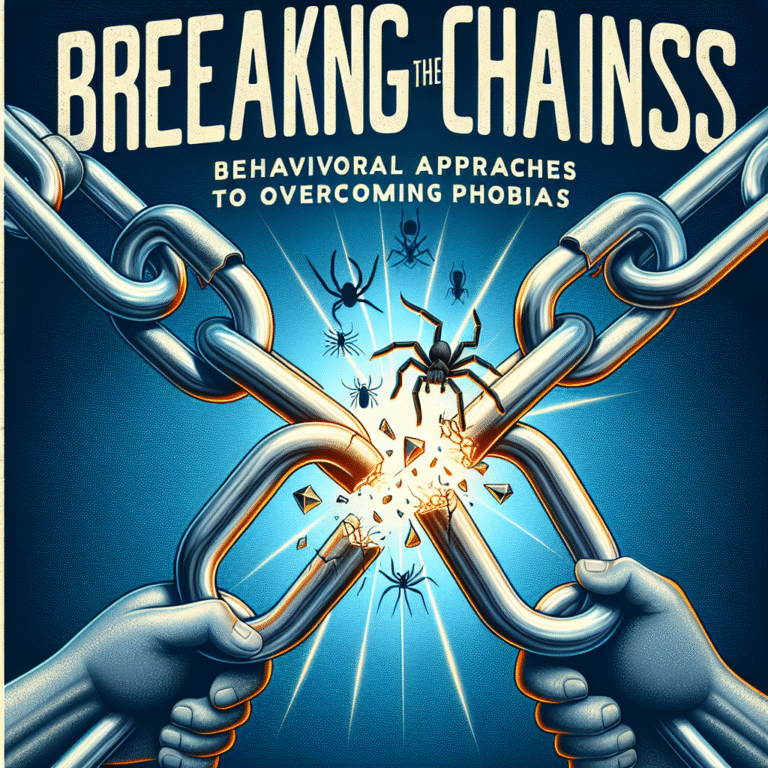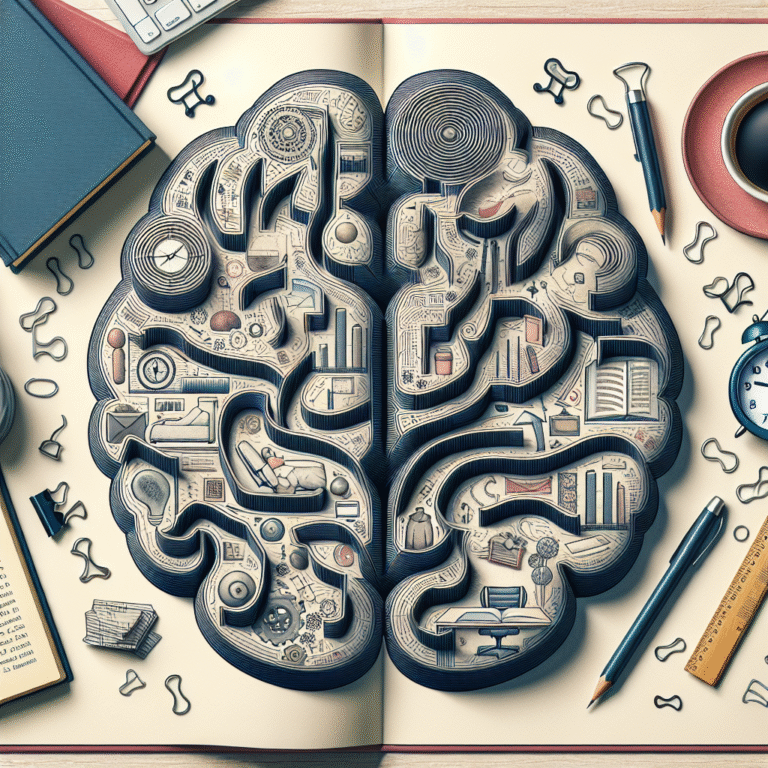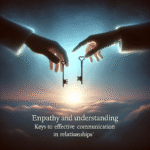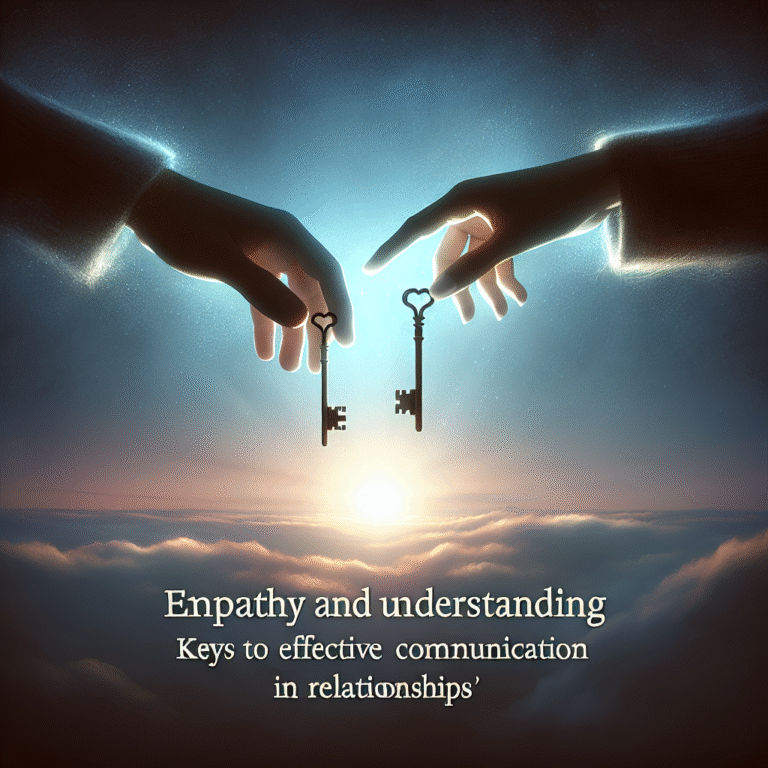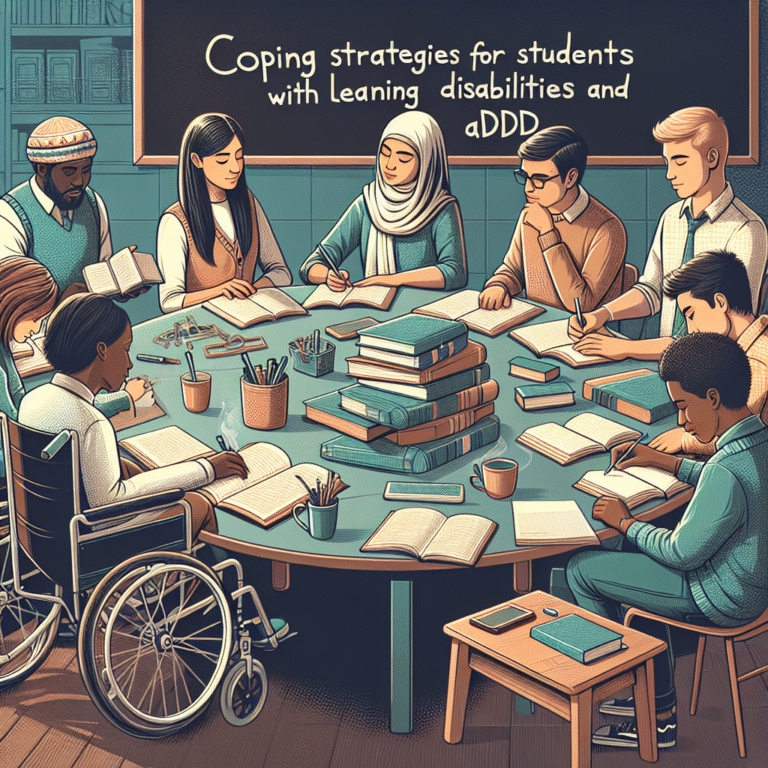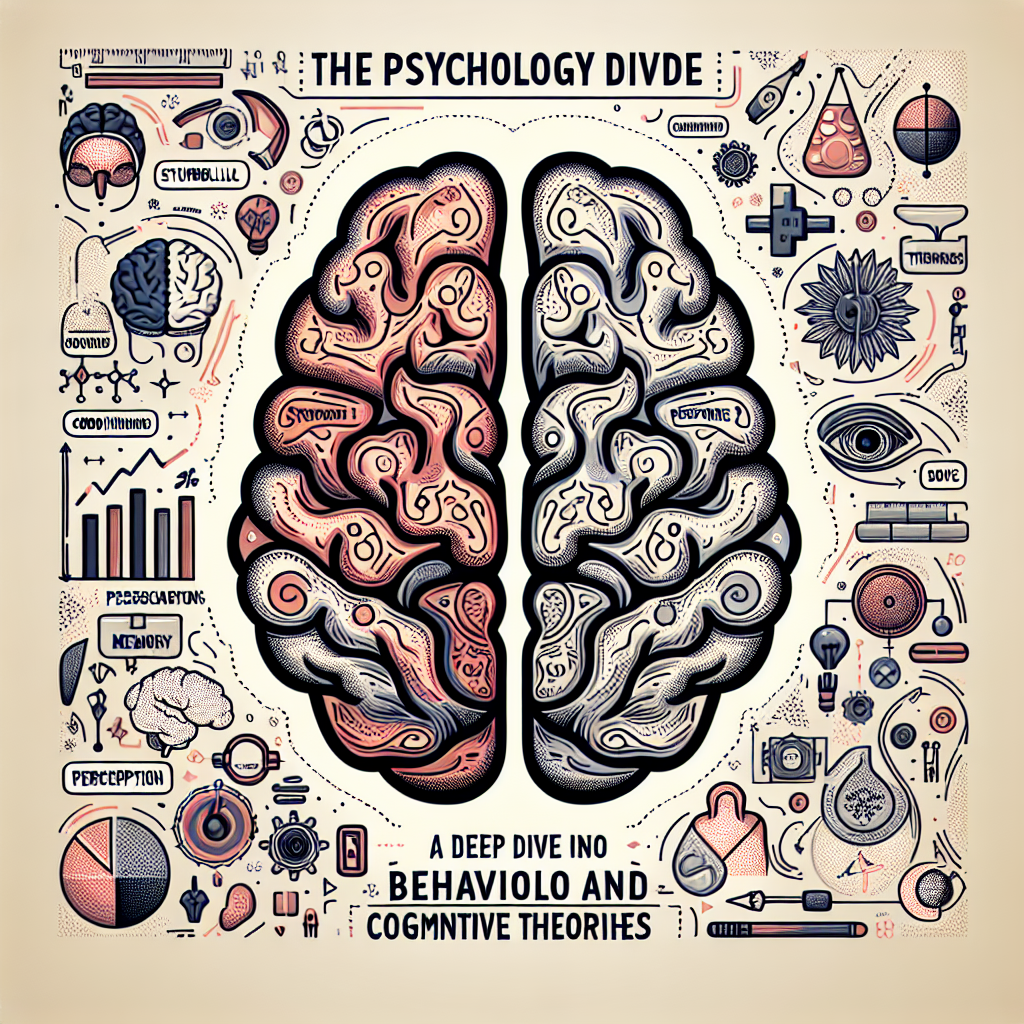
The Psychology Divide: A Deep Dive Into Behavioral and Cognitive Theories
Introduction
In the intricate tapestry of psychology, two predominant threads weave a compelling narrative—behavioral and cognitive theories. These frameworks not only shape our understanding of human behavior but also influence clinical practices, educational strategies, and everyday interactions. The Psychology Divide: A Deep Dive Into Behavioral and Cognitive Theories serves as an essential exploration into how these theories differ and intersect, providing clarity and insight into the human mind.
The relevance of this topic is profound. As we navigate a world increasingly reliant on psychological principles—from marketing strategies to therapeutic practices—grasping the distinctions and synergies between behaviorism and cognition can empower us. Let’s embark on this journey to uncover the depths of the psychology divide, transforming the way we perceive and interact with the world around us.
Understanding Behavioral Theories
The Foundations of Behaviorism
Behaviorism emerged in the early 20th century, fundamentally driven by the belief that psychology should be the study of observable behavior rather than internal mental states. Pioneers like John B. Watson and B.F. Skinner advocated for the examination of behaviors as products of environmental stimuli.
Key Principles of Behaviorism
- Observability: Only behaviors that can be observed and measured are worthy of study.
- Conditioning: Behavior is shaped through conditioning—classical (Pavlov) and operant (Skinner).
- Reinforcement: Positive and negative reinforcements influence the likelihood of behavior recurrence.
Case Study: Pavlov’s Dogs
Ivan Pavlov’s experiments with dogs exemplify classical conditioning, wherein a neutral stimulus (bell) became associated with food, prompting a salivation response. This foundational study demonstrates the core behaviorist principle: behavior can be learned through association.
Relevance: Understanding conditioning can inform practices in education, therapy, and even behavioral management in workplaces.
Real-World Applications of Behavioral Theories
Behavioral theories offer practical applications in various fields, particularly in education and therapy. Techniques such as Token Economies in classrooms provide tangible reinforcements for desired behaviors, effectively increasing engagement and compliance.
| Application | Description | Impact |
|---|---|---|
| Token Economies | Reward systems where tokens are earned for good behavior | Increased student motivation |
| Behavioral Therapy | Techniques to modify maladaptive behaviors | Enhanced coping strategies in mental health |
Understanding Cognitive Theories
The Cognitive Revolution
While behaviorists focused solely on observable actions, cognitive theorists like Jean Piaget and Aaron Beck shifted the spotlight to internal mental processes—thoughts, beliefs, and perceptions. This cognitive revolution, evolving in the mid-20th century, rediscovered human thought as a central element of psychological inquiry.
Key Principles of Cognitive Theories
- Mental Processes: Cognition encompasses processes such as memory, perception, and problem-solving.
- Schema: Cognitive frameworks help organize and interpret information.
- Cognitive Behavioral Therapy (CBT): Combines cognition with behavioral strategies to address dysfunctional thinking.
Case Study: Beck’s Cognitive Therapy
Aaron Beck developed cognitive therapy to treat depression, focusing on identifying and restructuring negative thought patterns. His work revolutionized treatment frameworks, allowing therapists to address thoughts as a means to effect behavioral change.
Relevance: Beck’s principles are applicable beyond pathology, influencing educational strategies, personal development, and organizational behavior.
Real-World Applications of Cognitive Theories
Cognitive theories extend into numerous domains, enhancing psychological practices, educational methodologies, and business strategies. By acknowledging internal cognition, interventions can be more targeted and effective.
| Application | Description | Impact |
|---|---|---|
| Cognitive Assessments | Tools to evaluate cognitive functioning | Informed decisions in mental health diagnosis |
| Educational Strategies | Approaches that enhance memory retention and learning | Improved student learning outcomes |
The Interplay Between Behavioral and Cognitive Theories
Bridging the Divide
While behavioral theories focus on external factors influencing behavior, cognitive theories delve into internal mental processes. The psychology divide is not merely a schism; it’s a spectrum where both frameworks can coexist and complement one another.
Integrated Approaches
One of the most powerful developments in psychology has been the integration of cognitive and behavioral techniques—often termed cognitive-behavioral therapy (CBT). This approach recognizes that thoughts, feelings, and behaviors are interconnected, allowing for a more holistic treatment of mental health issues.
Case Study: CBT in Treating Anxiety
Cognitive-behavioral therapy has shown remarkable efficacy in treating anxiety disorders. By addressing negative thought patterns (cognition) and modifying avoidance behaviors (behavior), CBT provides a comprehensive approach to anxiety management.
Relevance: The collaborative use of cognitive and behavioral methods enhances therapeutic outcomes, showcasing the value of bridging the psychology divide.
Comparative Analysis: Behavioral vs. Cognitive Theories
Key Differences and Similarities
| Aspect | Behavioral Theories | Cognitive Theories |
|---|---|---|
| Focus | Observable behavior | Mental processes |
| Methodology | Conditioning, reinforcement | Cognitive restructuring, assessment |
| Treatment | Behavior modification | Cognitive reframing |
| Applications | Education, therapy | Educational strategies, mental health |
Implications of the Divide
Understanding The Psychology Divide: A Deep Dive Into Behavioral and Cognitive Theories enriches our comprehension of human behavior. It prompts us to consider both external and internal dimensions, leading to more nuanced applications in various fields.
Case Study: Dual Approach in Therapy
Professionals often implement a dual approach that melds behavioral and cognitive strategies, tailoring interventions to individual needs. This multifaceted perspective not only enhances therapeutic rapport but also fosters long-term resilience in clients.
Relevance: As we innovate within psychological practice, recognizing the strengths of both behavioral and cognitive theories ensures comprehensive care.
Conclusion
The Psychology Divide: A Deep Dive Into Behavioral and Cognitive Theories has illuminated the complexities of human behavior through the lens of two foundational frameworks. Understanding their distinctions equips individuals and professionals with the necessary tools to navigate the intricate landscape of psychology.
As we explore this divide, we discover that both approaches are not adversaries but allies in the quest for understanding human behavior. Embracing their respective strengths allows us to foster a more inclusive view of psychological practice and application, ultimately enhancing our comprehension of the human experience.
Actionable Insights
- Incorporate CBT Techniques: Whether in education, therapy, or personal development, recognize the value of cognitive-behavioral strategies to address both thoughts and behaviors for optimal outcomes.
- Adapt Behavioral Strategies: Use reinforcement techniques in practical settings to encourage positive change, from classrooms to workplaces.
- Foster Self-Awareness: Engage in reflective practices to identify your own thought patterns and behaviors, enhancing personal growth and understanding.
FAQs
1. What is the main difference between behavioral and cognitive theories?
Behavioral theories focus on observable actions influenced by environmental stimuli, while cognitive theories center on internal mental processes and how they affect behavior.
2. Can behavioral and cognitive strategies be used together?
Yes! The integration of behavioral and cognitive approaches (CBT) is a powerful method to address mental health issues by targeting thoughts and behaviors simultaneously.
3. How can I apply these theories in my everyday life?
Incorporate behavioral techniques like reinforcement in goal-setting and use cognitive strategies to reframe negative thoughts, improving resilience and personal development.
4. Are there specific psychological conditions best treated by one theory over the other?
Some conditions may respond better to behavioral approaches (e.g., phobias through exposure therapy), while others (e.g., depression) often benefit from cognitive approaches. Integrated methods are typically more effective.
5. Where can I learn more about these psychological theories?
Numerous resources, including textbooks on psychology, online courses, and academic journals, provide deeper insights into behavioral and cognitive theories. Consider engaging with psychological associations or university programs that specialize in these areas.






